|
|
An accident at Boulby Potash, the vehicle has gone from one level to another the short way! Terry Robinson tells us: ”Looks like an Eimco 915 LHD (load haul dump) machine.” Ian Benson tells us: ”I can remember coming on the next shift from this accident happening. This Eimco was dropping potash ore down the recently mined hole for a rock crusher to be installed in the North Conveyor Road another Eimco was loading the ore at bottom and taking it to the north side stamler which feed it onto the north conveyor. I think the driver suffered minor injuries and recall that amazingly the Eimco only had minor damage and was soon back in service. This photograph dates from around 1976.”
Image courtesy of Alan Franks and thanks to Terry Robinson and Ian Benson for the updates.
Just to show that even modern mining isn’t without its hazards, here’s an image of a roof fall caused by the somewhat unstable (in air) compound Carnalite. A web definition: Carnalite (KMgCl3·6H2O, hydrous magnesium and potassium chloride). Carnalite crystallizes in a rhombic system and has a hardness of 2.5, the same as the finger nail. It usually displays a granular structure. Carnalite can be colourless, pinkish or reddish, always with a vitreous gloss. Carnalite is deliquescent, it dissolves even in the air humidity. Its taste is salty, spicy after the potassium and bitter after the magnesium content. Ian Benson tells us: ”Cleveland Potash did look at the possibility of mining Carnalite but decided it would prove to difficult and hazardous.” The image is an obvious example of this problem.
Image courtesy of Alan M. Franks and thanks to Ian Benson for the update.
Sometimes it just isn’t your day! Running repairs on a big Cat!
Image courtesy of Alan M. Franks.
The Mine Manager and various officials of Lumpsey Pit.
Standing: ??, William Stephens, ??, ??, Mr Ralph Clough Jnr (son of Mr Clough Lumpsey Mine Engineer – 1911 Census lists Ralph as an Enginewright).
Seated: Mr. Robert Clough (Engineer), Mr. Dixon (Manager), ??.
Simon Chapman advises us: ” Mr Stephens is the chap standing at the left with the light-coloured cap and the well-starched collar. The chap standing at the right with the bowler hat and the bushy moustache I think was Mr Clough, son of the engineer sitting front left.”
Rod Umpleby tells us: ”William Stephens who was shown previously in the photograph 1906 of the closure of Huntcliffe Mine. He was described as later cashier at Lumsey Mine. He was my great-great uncle and the 1911 census gave his occupation as mines treasurer.”
Image courtesy of the Pem Holliday Collection, thanks to Simon Chapman and Rod Umpleby for these updates and can anybody assist with any more names and information?
A further image of workmen at Lumpsey Mine, again in 1910, but can you name any of the men?
The end of a shift at Lumpsey Mine, again about 1910; at least that is what I am presuming. Some of the men have logs under their arms these would be the off cuts from the pit props. Anyone recognise any of the men in this photograph?
Not the most charming group of men we have ever seen and believed to be some of the work force of Lumpsey Mine, we presume that the man in the middle is a blacksmith? Please correct us if we are wrong. We think the blacksmith is James Kennedy on the photograph, he was recorded as a Blacksmith in 1911, whilst his brother John was listed as a Platelayer Underground. The container held by the miner on the right was for carrying water or cold tea and was known as a ‘Dudley’.
Left to right from the back row: B. Catron, J. Wilks, T. Clay, W. Clay, H. Clay, W. Marshall, C. Bealwall, Robert Marley, J. W. Marshall, J. Walton, J. Clay, G. Best, S. Webb, T. Curtley, R. Clough, R. Peacock, W. Cross, T. Jackson, J. Kennedy, D. Annear, T. Marshall, J. Beadon. Donna Wilson contacted the Archive with: “I think R. Marley on this picture might be Robert Marley, born 1879 in Liverton Street, Guisborough; son of David and Anne Marley. David and Anne are my great, great grand parents; I come from Robert’s older sister, Diana Marley; born 1873, she married Arthur Charles Wilson.” Whilst James Wilks added: “J. Wilks is my great granddad who was a lovely man apparently and looks the spit of my dearly departed granddad when he was young.”
Thanks to Donna Wilson and James Wilks for the updates.
What more can I say about this photograph the heading says it all; the stable hands of Lumpsey mine. The Archive would welcome any information regarding dating this image or even any of the stable hands in the photograph.
Image courtesy of Cleveland Ironstone Mining Museum.
A series of photographs showing Lumpsey Mine, in this one we can see the man bending at the front has put the ’sprag’ (a heavy rod) into the wheel of the tub to stop it moving, the sprags were very heavy. Many of the horse leaders had serious accidents throwing the sprag into the wheel of the moving tub, if they didn’t get it right then it often came back onto their legs. We have to remember that the mines were not level they had to follow the seam of ironstone up hill and down dale.
How much ironstone can one filler get into a tub? By the look of that tub quite a lot if you know how to load it. Simon Chapman updated the Archive with: “Note that the guy in the background appears to be using a hand-operated rotary drill, a so-called ratchet. The props are deliberately cut to a bit of a point at the base so that if weight started to come on the working place this weaker part of the prop would start to ‘bunch-up’ and therefore give a visual warning.”
Update courtesy of Simon Chapman.
|
|
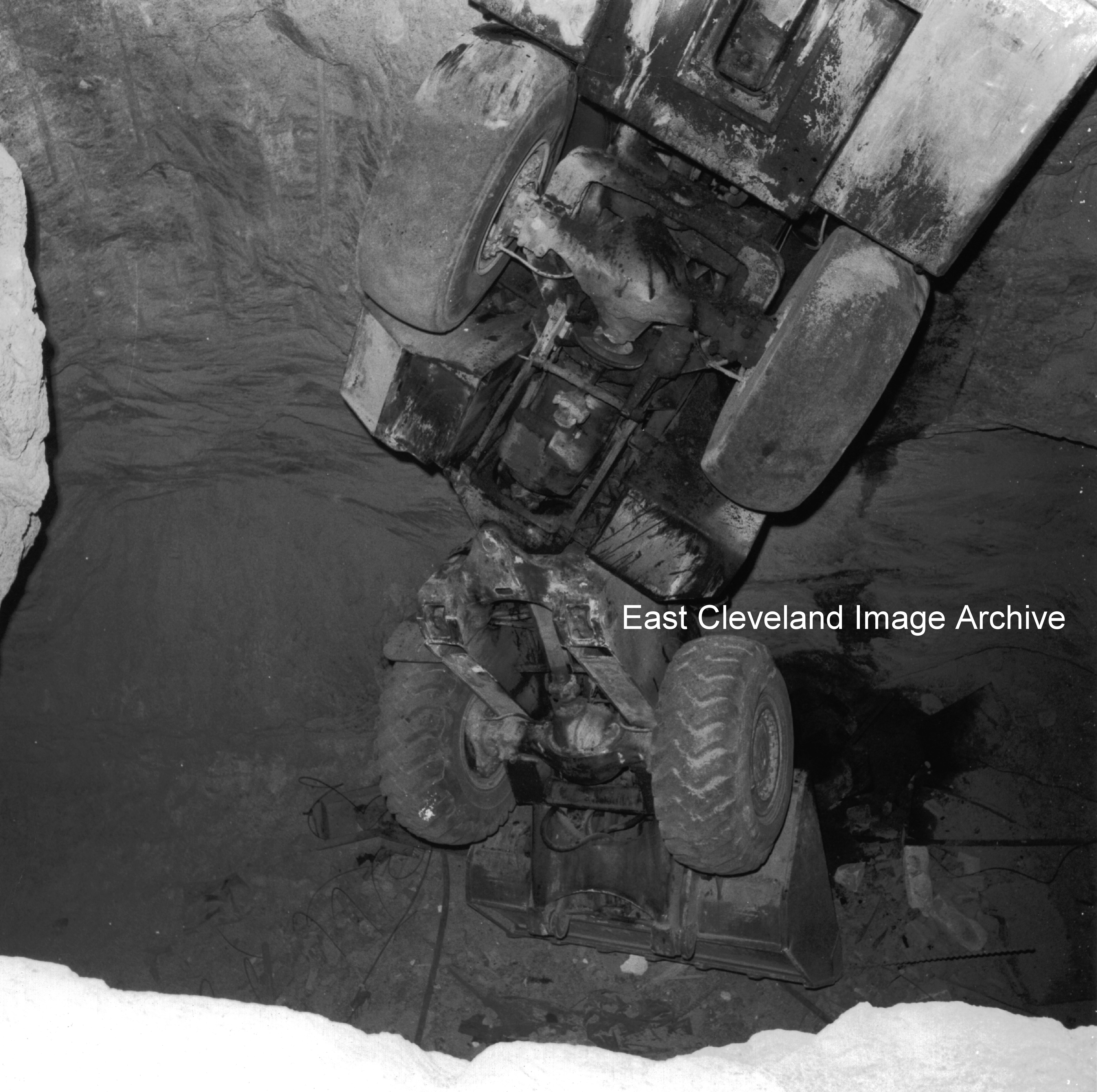
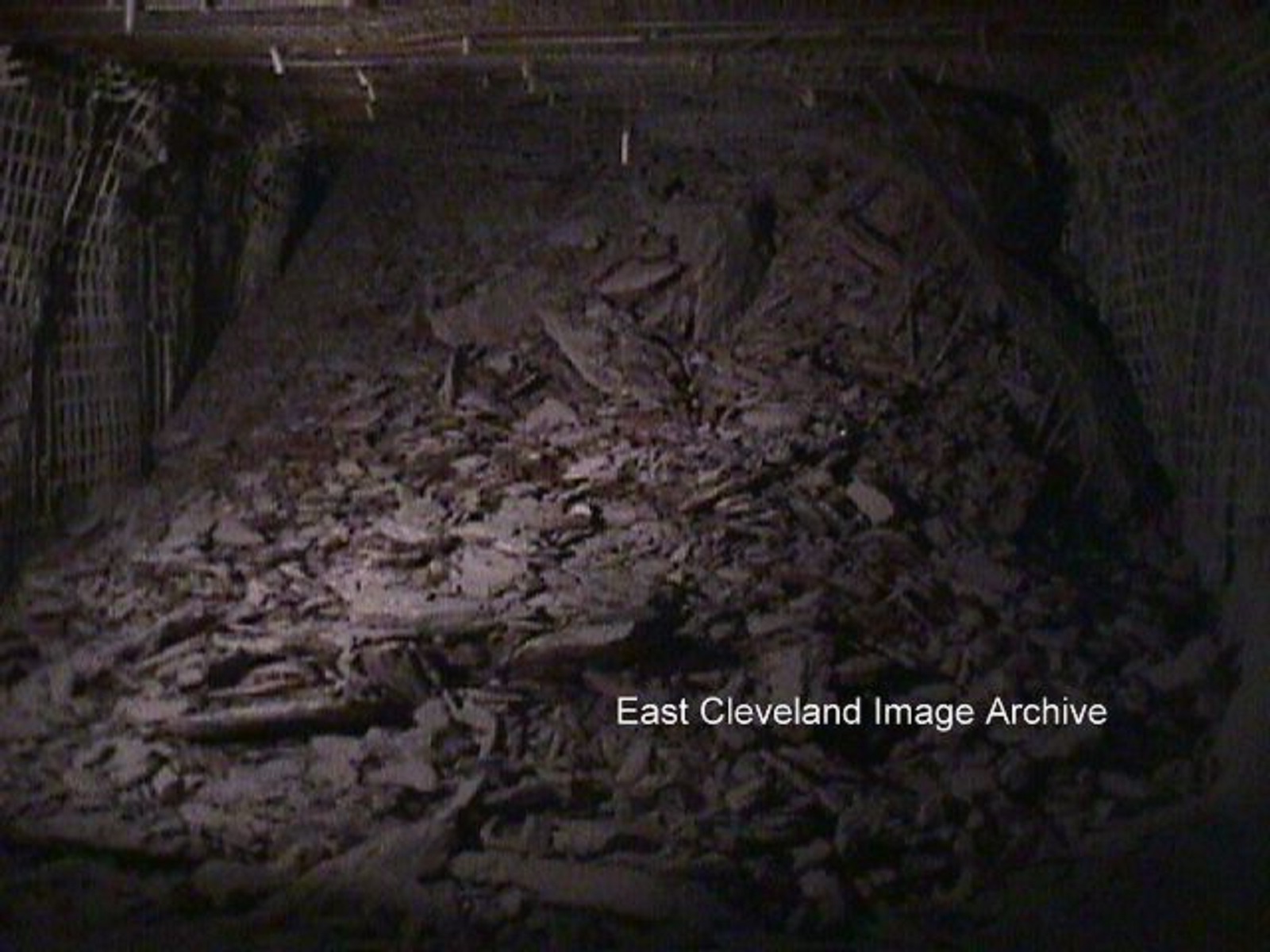
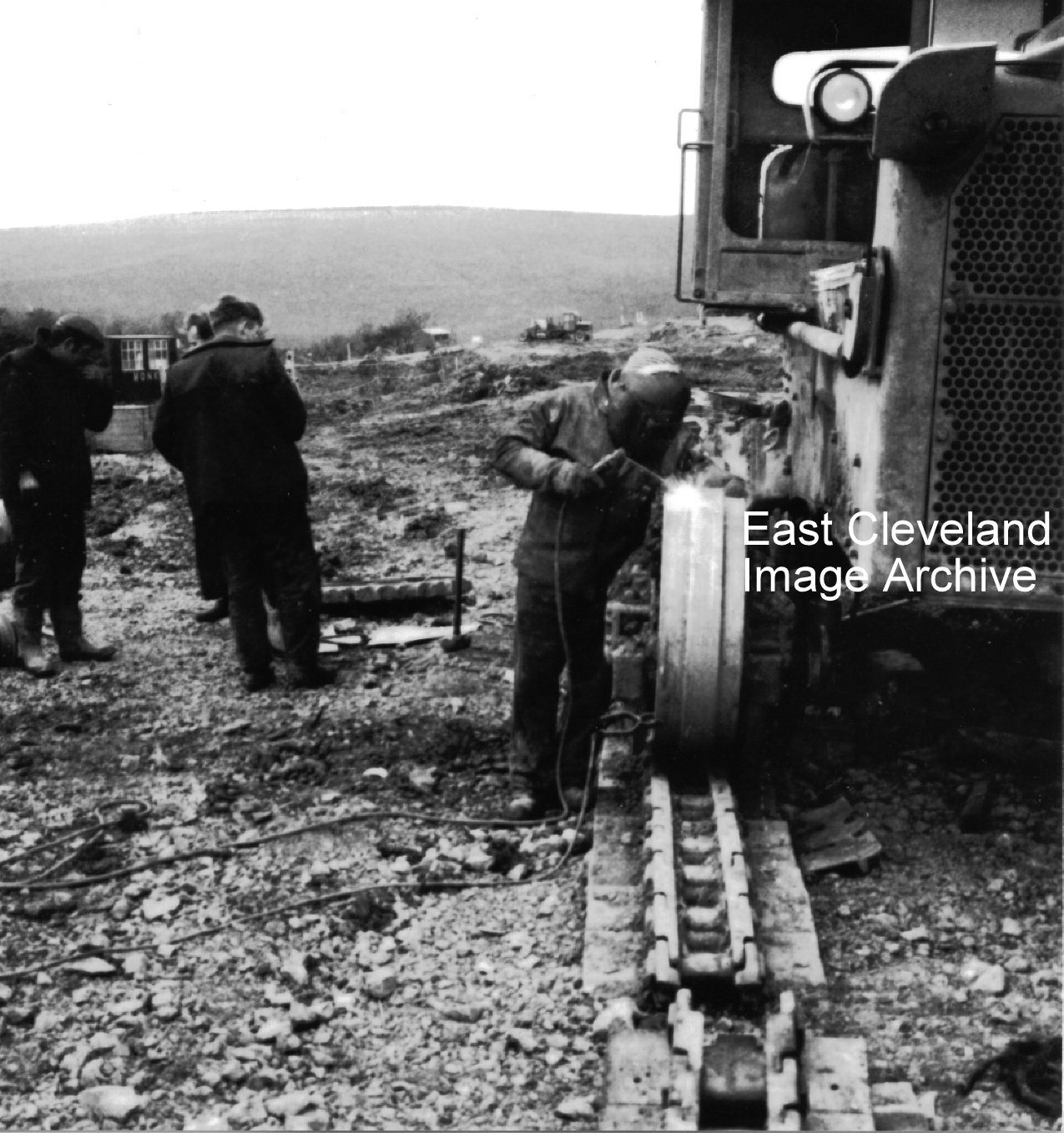
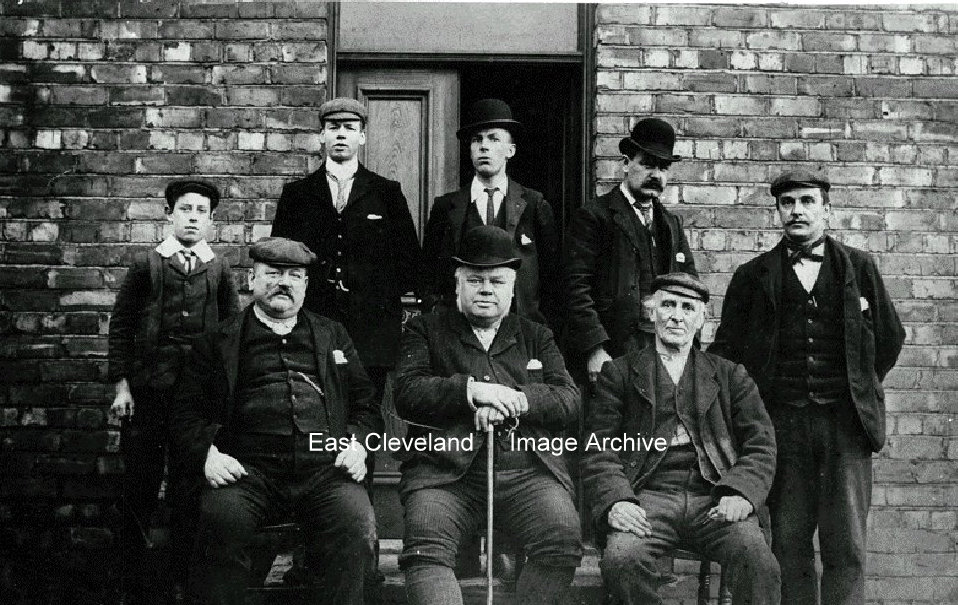
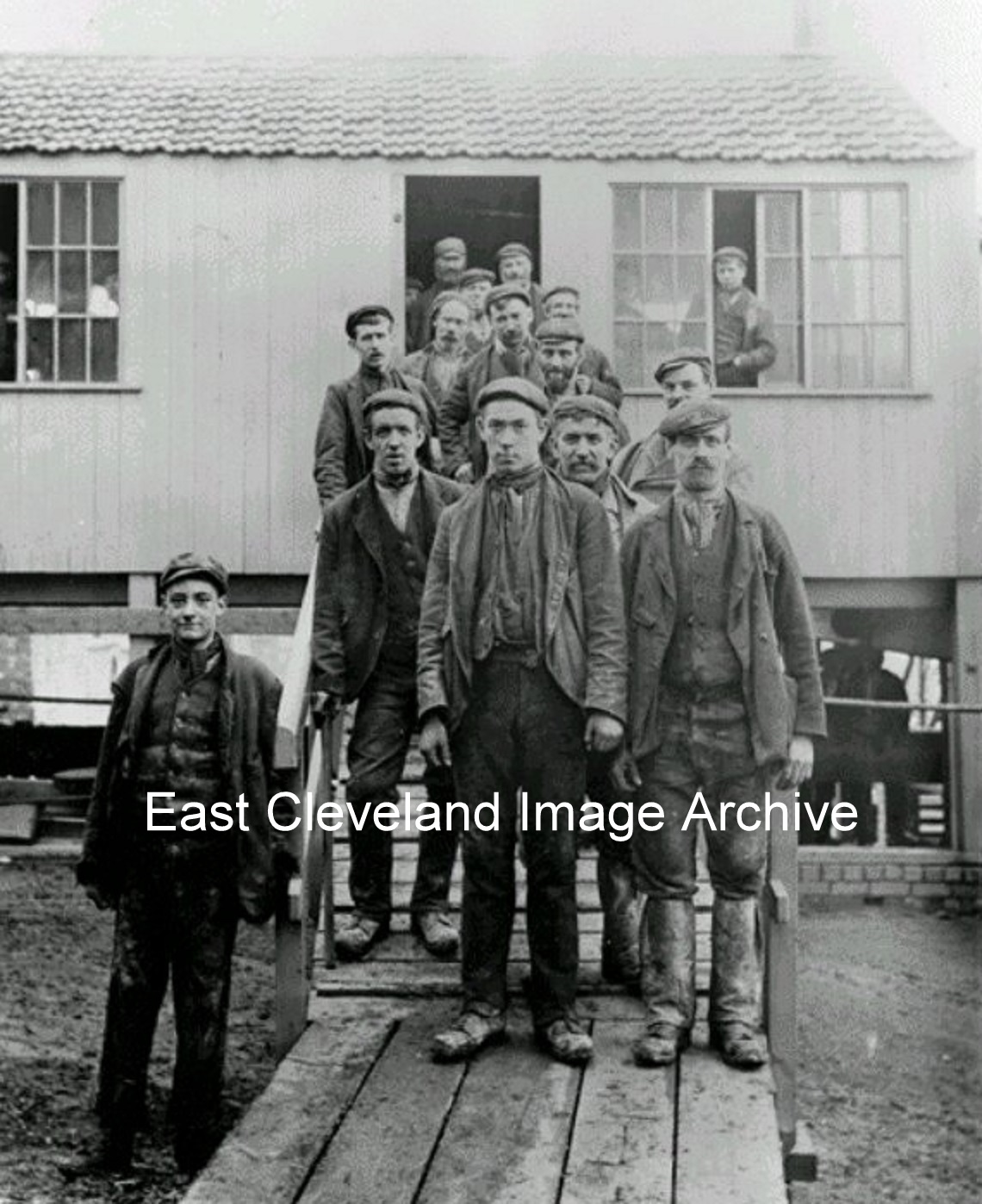
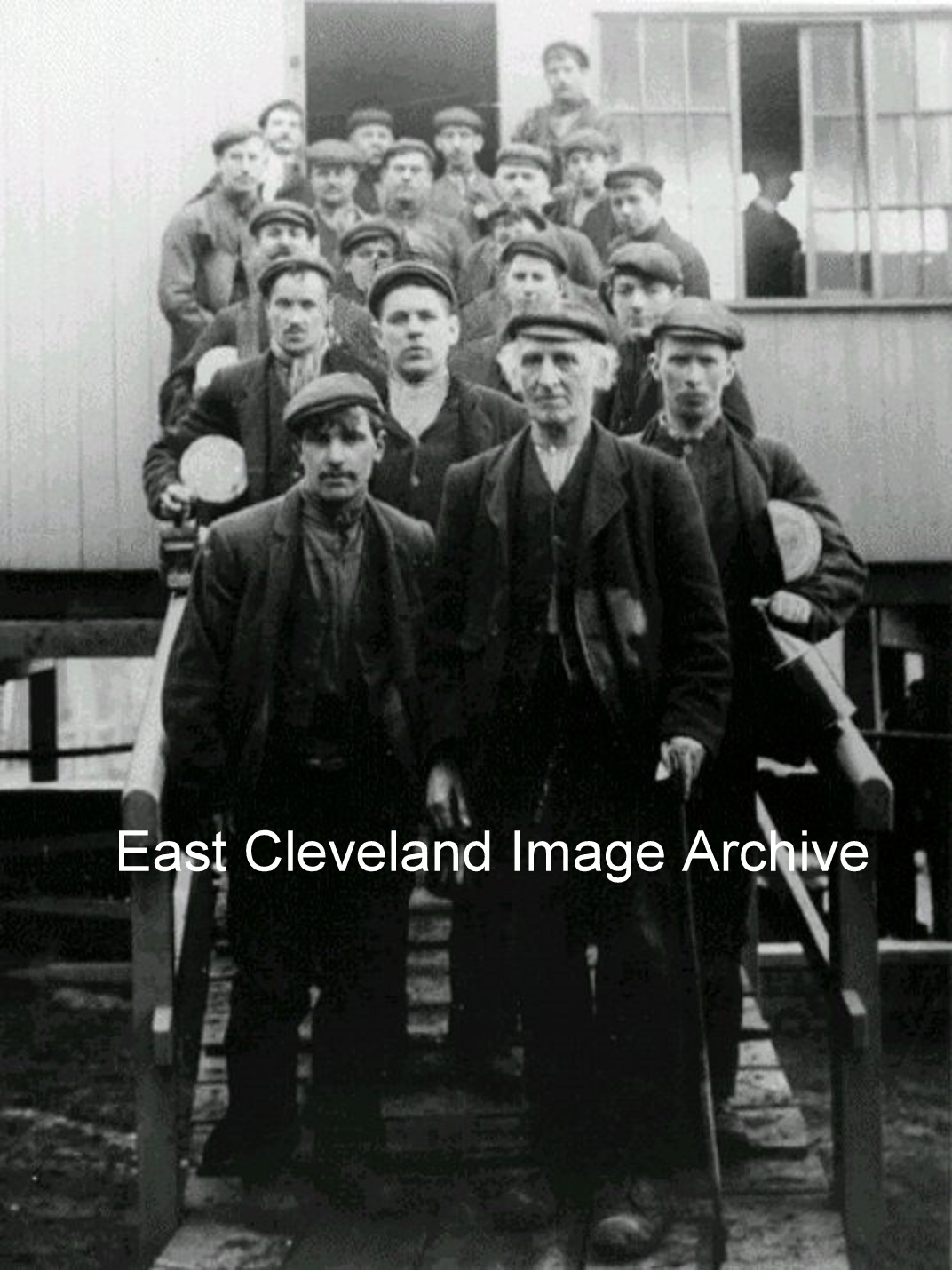
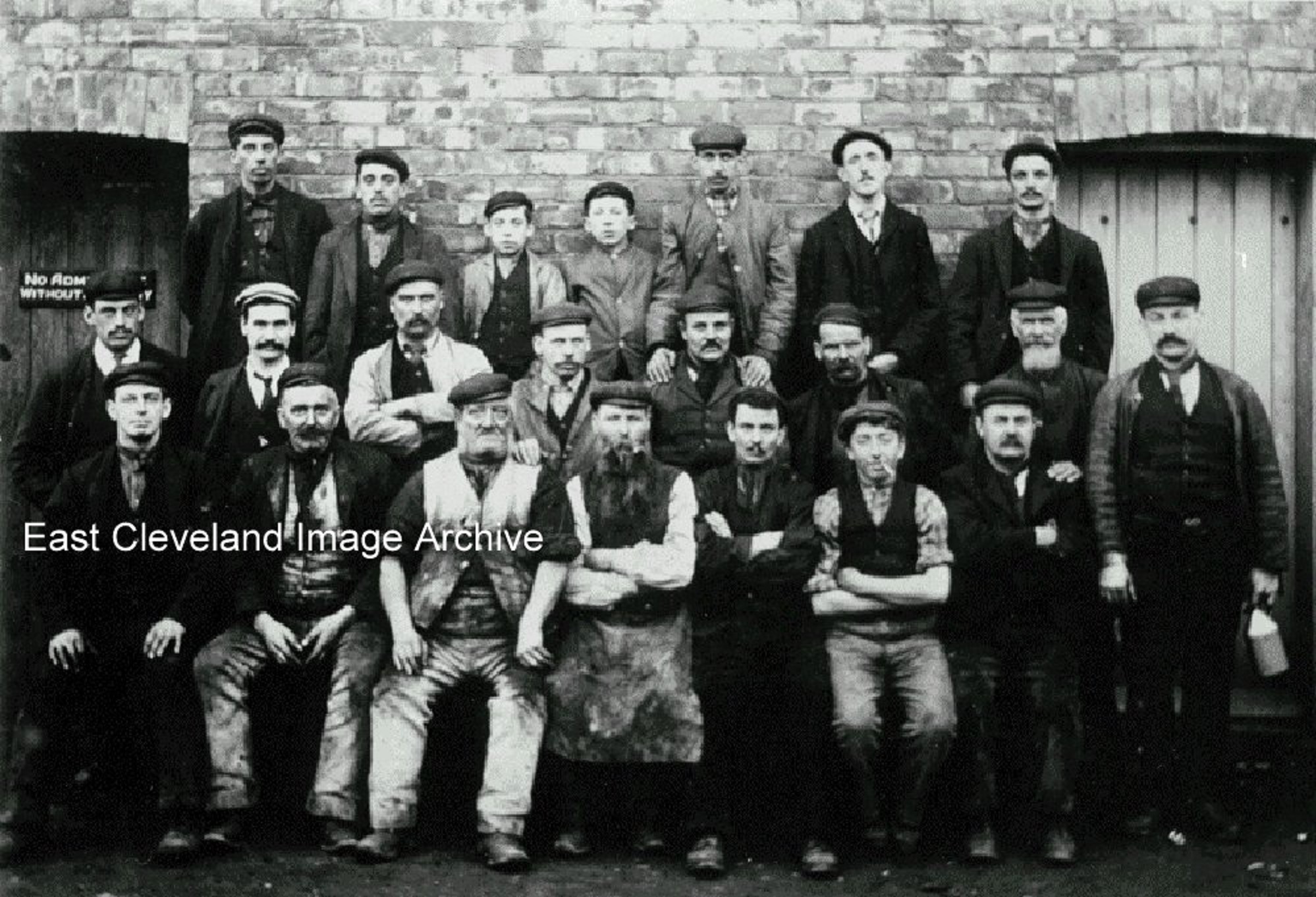
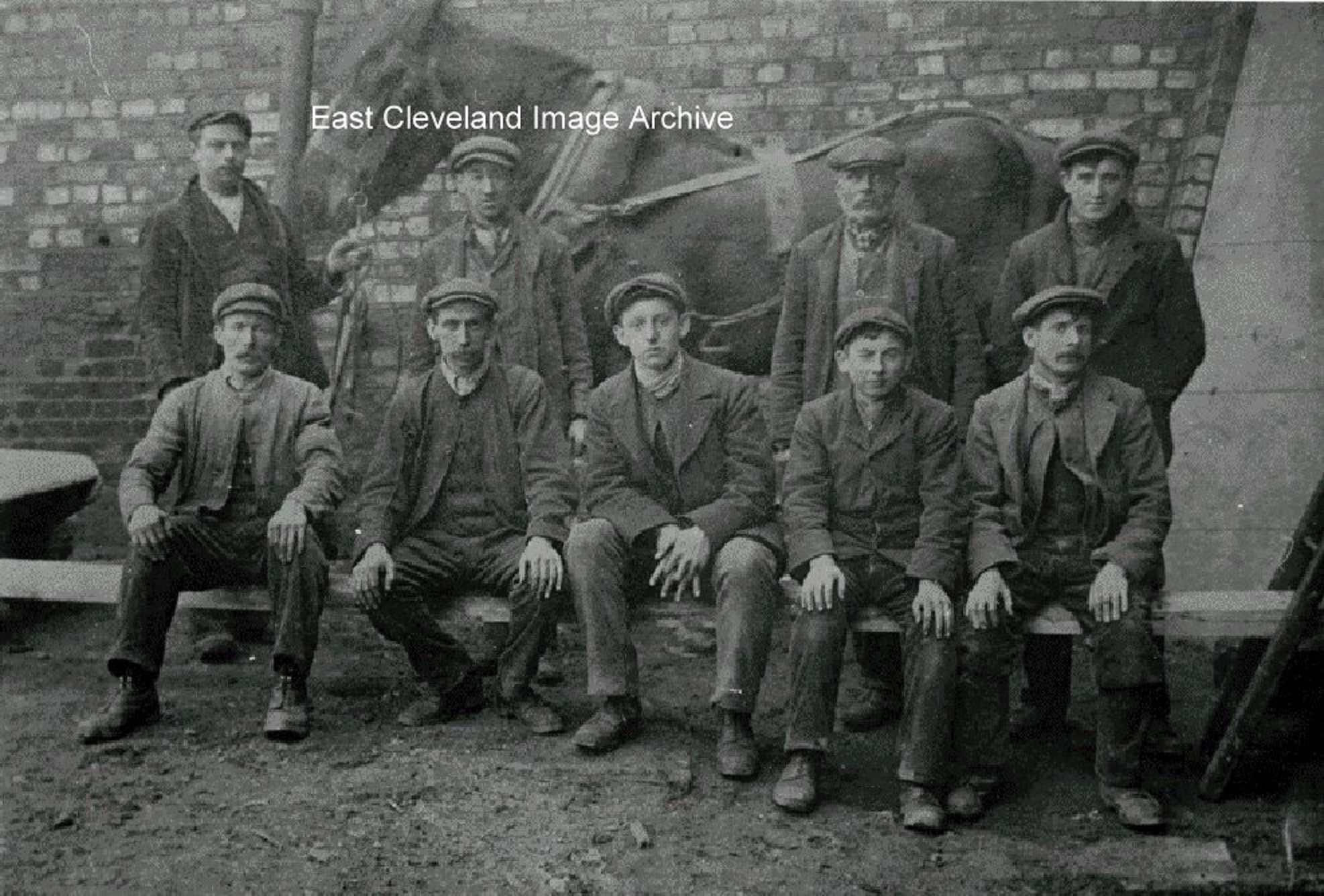
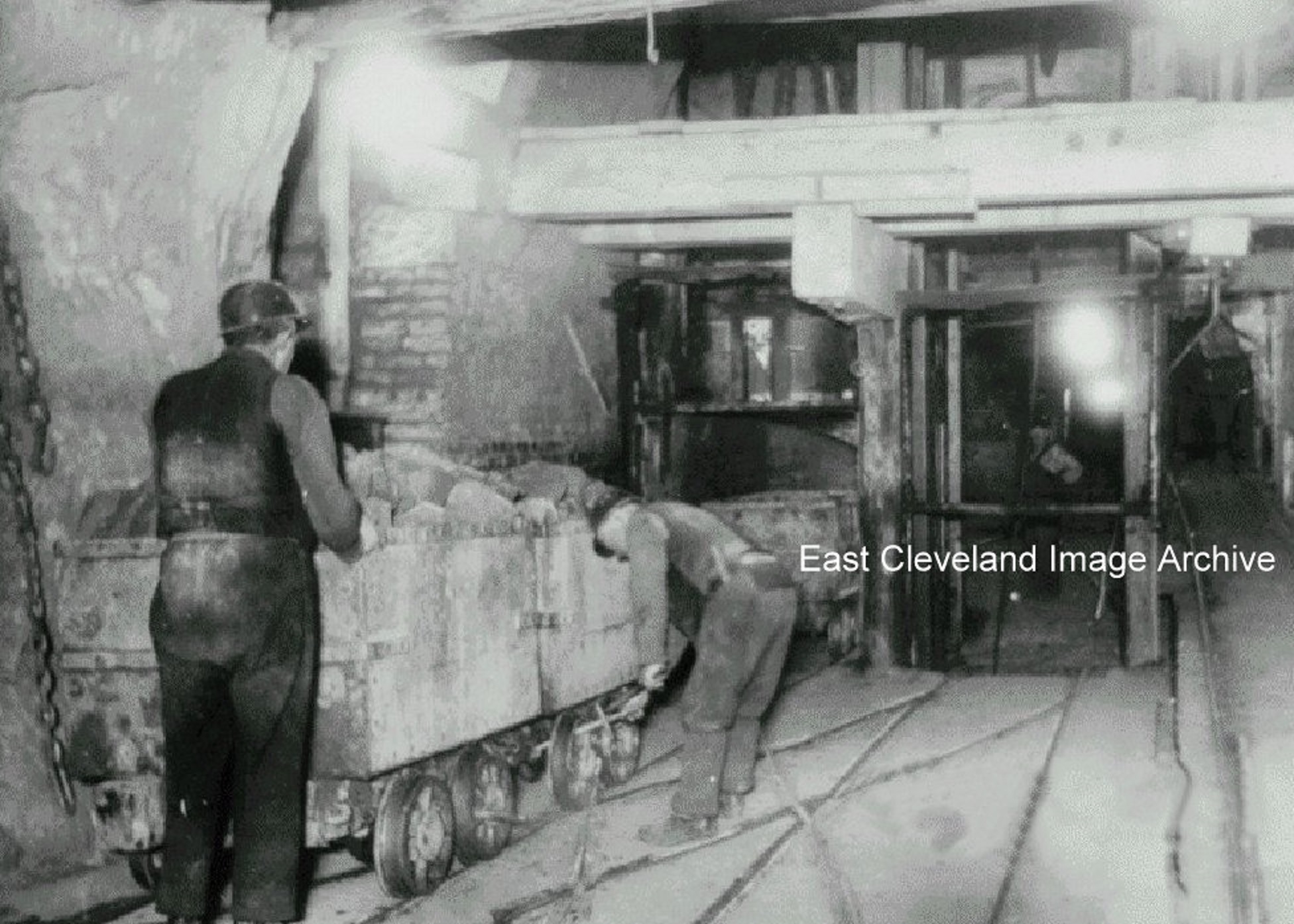
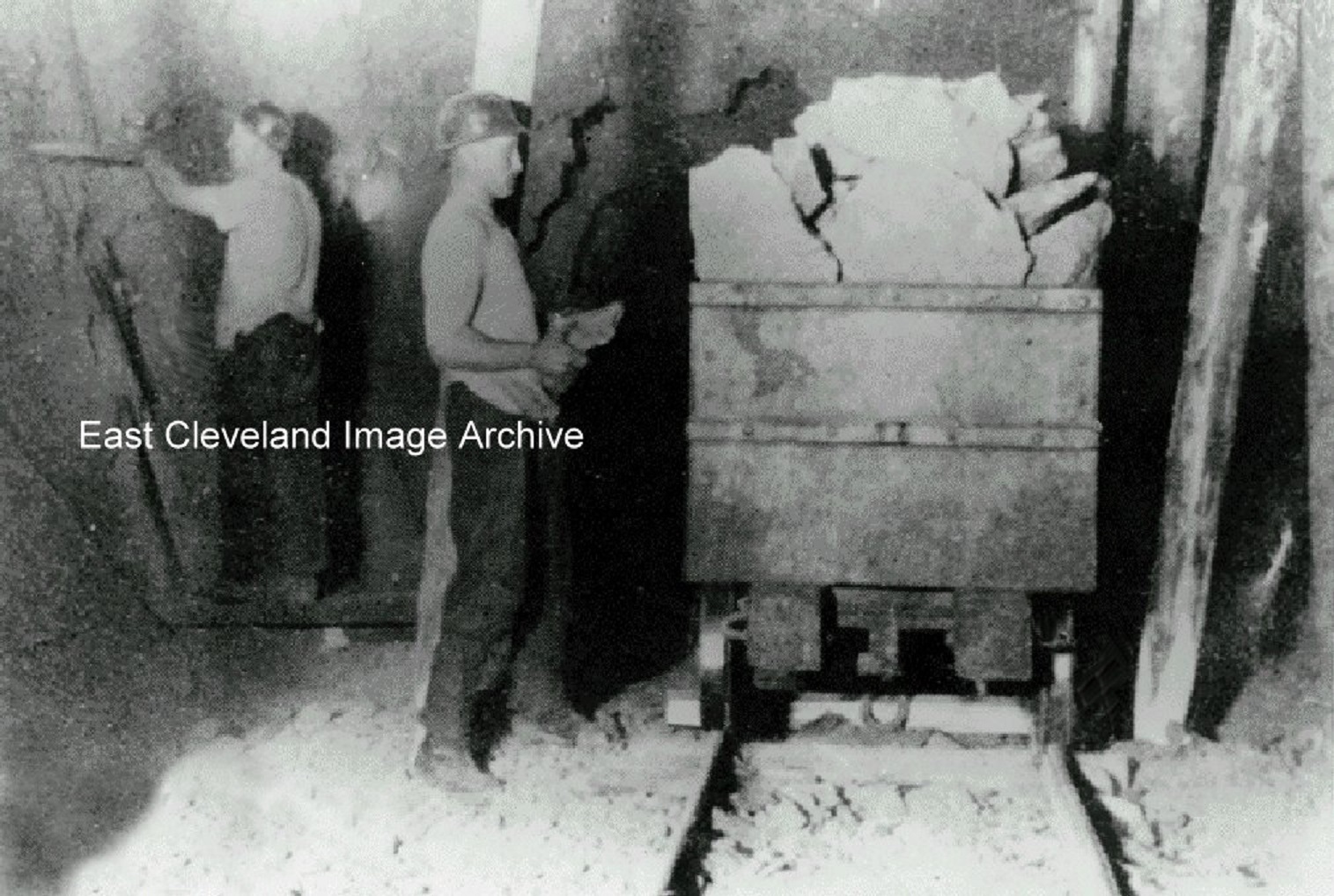
Recent Comments